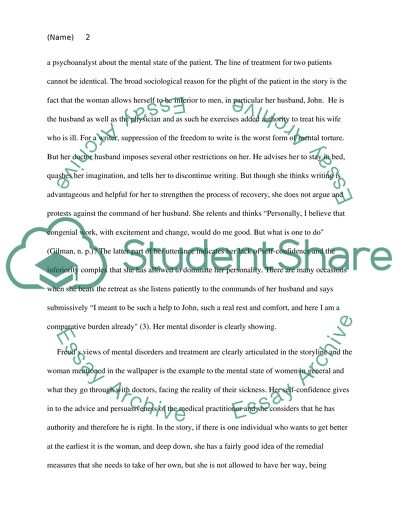Cite this document
(“How did Freud's views of mental disorders and treatment revolutionize Essay”, n.d.)
Retrieved from https://studentshare.org/literature/1481243-how-did-freudyies-views-of-mental-disorders-and
Retrieved from https://studentshare.org/literature/1481243-how-did-freudyies-views-of-mental-disorders-and
(How Did Freud'S Views of Mental Disorders and Treatment Revolutionize Essay)
https://studentshare.org/literature/1481243-how-did-freudyies-views-of-mental-disorders-and.
https://studentshare.org/literature/1481243-how-did-freudyies-views-of-mental-disorders-and.
“How Did Freud'S Views of Mental Disorders and Treatment Revolutionize Essay”, n.d. https://studentshare.org/literature/1481243-how-did-freudyies-views-of-mental-disorders-and.


